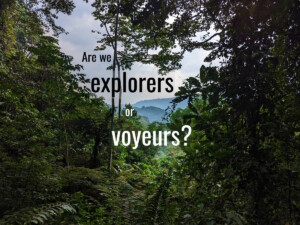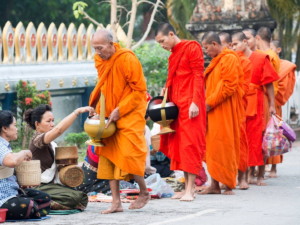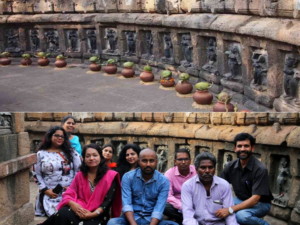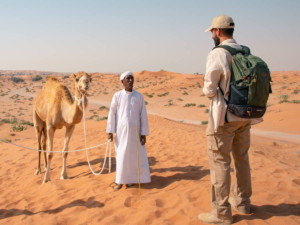How can tourism safeguard intangible cultural heritage? A peek at Penghu
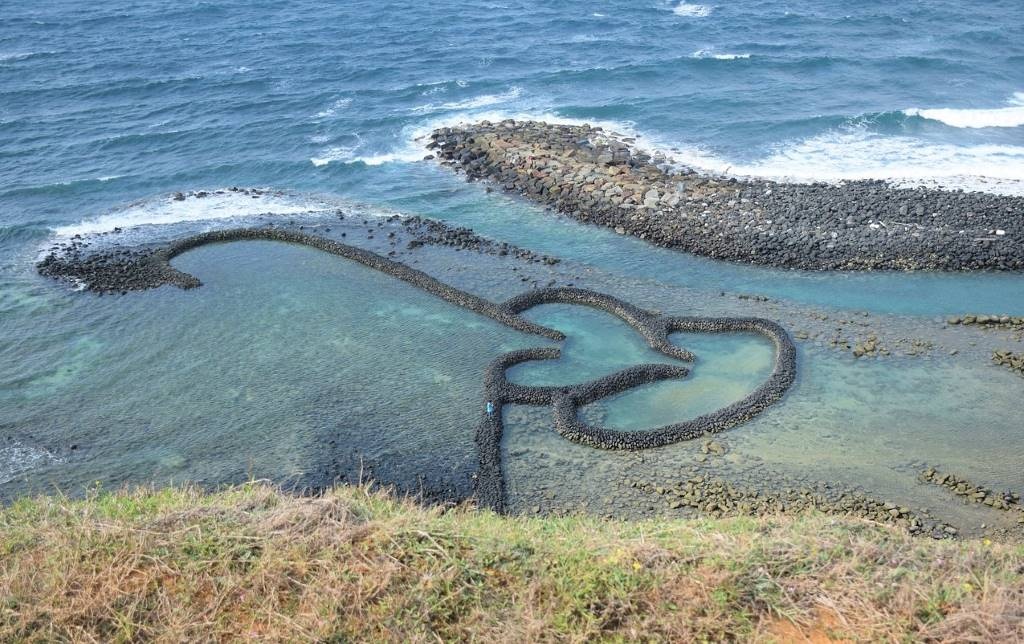
In this fresh “GT” Insight, responsible tourism and economic development specialist Kevin Phun takes a peek at the piscatorial proficiencies of the people of Penghu, Taiwan to discuss how the tangible and intangible should be considered interconnected when planning sustainable cultural heritage tourism attractions.
Intangible cultural heritage (ICH) refers to aspects of peoples’ cultures that one cannot touch; ideas, knowledge, music, aspects of food, aspects of art and crafts, a way of life. These intangible aspects of culture are important because they recognise and retain the cultural identity of places and people and affirm their heritage value.
Indigenous peoples have lived in Taiwan for hundreds of years and have also been involved with preserving their cultural heritage, including that which is intangible. Their ICH is in danger of being lost or destroyed through societal changes, tourism, and other factors. In response, groups have formed to promote the preservation of both tangible and intangible cultural heritage.
Taiwan’s numerous tangible oceanic natural heritages, including Yehliu Geopark, Penghu Columnar Basalt Nature Reserve and Dongsha Marine National Park, as well as the famous Penghu stone weirs, are all potential tourism attractions that can benefit from tourism’s ability to enable preservation.
The Penghu weirs are not like the other attractions mentioned. They are oceanic, yes, but they are not entirely natural. The weirs were ingeniously built by the locals centuries ago to trap fish.
We know that tourism can generate the resources needed for rebuilding and maintaining Penghu’s nearly 600 remaining weirs. But they are tangible, no? The challenge: How can Taiwan ensure that Penghu’s intangible cultural heritage is able to continue despite, and because of, tourism?
The residents of Penghu island today are largely non-indigenous. The technique of trapping fish was brought by people from mainland China who came to Penghu over the last few centuries. The weirs are tangible, but the technique for trapping fish is an idea, or what some may call a cultural practice. It is also a way of life, which is still (infrequently) practiced today. That is what makes the weirs of Penghu also an intangible cultural heritage. (Interestingly, it is also claimed that the weirs are positive for biological diversity.)
A plan by the Taiwan Tourism Bureau to increase the sustainable development of its tourism resources and grow its tourism market may seem like a contradictory move. To make these two things complementary, growing the tourism market should mean having a more diverse market of tourists and spreading the tourist season over the year.
According to Lin and Lin (2018), the government in Taiwan (or for that matter all governments), amongst all things, should encourage closer cooperation between the public and private sectors, and integrate tourism resources, cultural assets and creative industries.

Tourists love to visit the weirs in Penghu, therefore tourism is increasing on the islands; or had been up until the COVID-19 pandemic. Some 70% of the tourists are independent travellers. There is generally a higher chance of interest in learning about local cultures among independent travellers who have specifically chosen to come to that attraction than among those who come in groups. Independent travellers are also more flexible in terms of their itineraries.
An increase in tourism activities requires infrastructure that can accommodate it and mitigate its potential climate change impacts. There is also an opportunity to train and hire more locals to cater to it. Significantly, an increase in tourist numbers also generates opportunities to preserve ICH traditions by showcasing them.
Marketing ICH as a tourism experience requires close cooperation between the public, private, and non-profit sectors, to ensure that local communities benefit (not just financially) from the presence of tourists. The creative presentation and safeguarding practices inspired by mass tourism should not be ignored, as they can be vital in the preservation of ICH. We can at least learn from them.
A considered and careful integration of tourism assets and resources in a place like Penghu should mean that the tangible built heritage of the weirs and the intangible cultural heritage of the people who built them are properly thought of as interconnected. And the acquired knowledge and experience in successfully preserving both for their own sake and for the appreciation of visitors will not only be valuable, but also, importantly, highly transferrable.
Agree? Disagree? Share your reasons in the comments below. Or write a “GT” Insight. The “Good Tourism” Blog welcomes diversity of opinion about our travel & tourism industry because travel & tourism is everyone’s business.
Featured image (top of post): Taiwan’s Penghu fish traps; the iconic double love heart formation. By chingtao0007 (CC0) via Needpix.
References
Lin, C., Y. and Lin, K., J. (2018). Rediscovery of Taiwan Ocean Heritage and Its Sustainability, DOI: https://doi.org/10.33522/joc.2018.1.66
About the author

Kevin Phun is a specialist in responsible tourism who combines tourism and sustainable development knowledge and expertise. He is the founder of the Centre for Responsible Tourism Singapore (CRTS) and can be reached at kevin[at]crts.asia.



